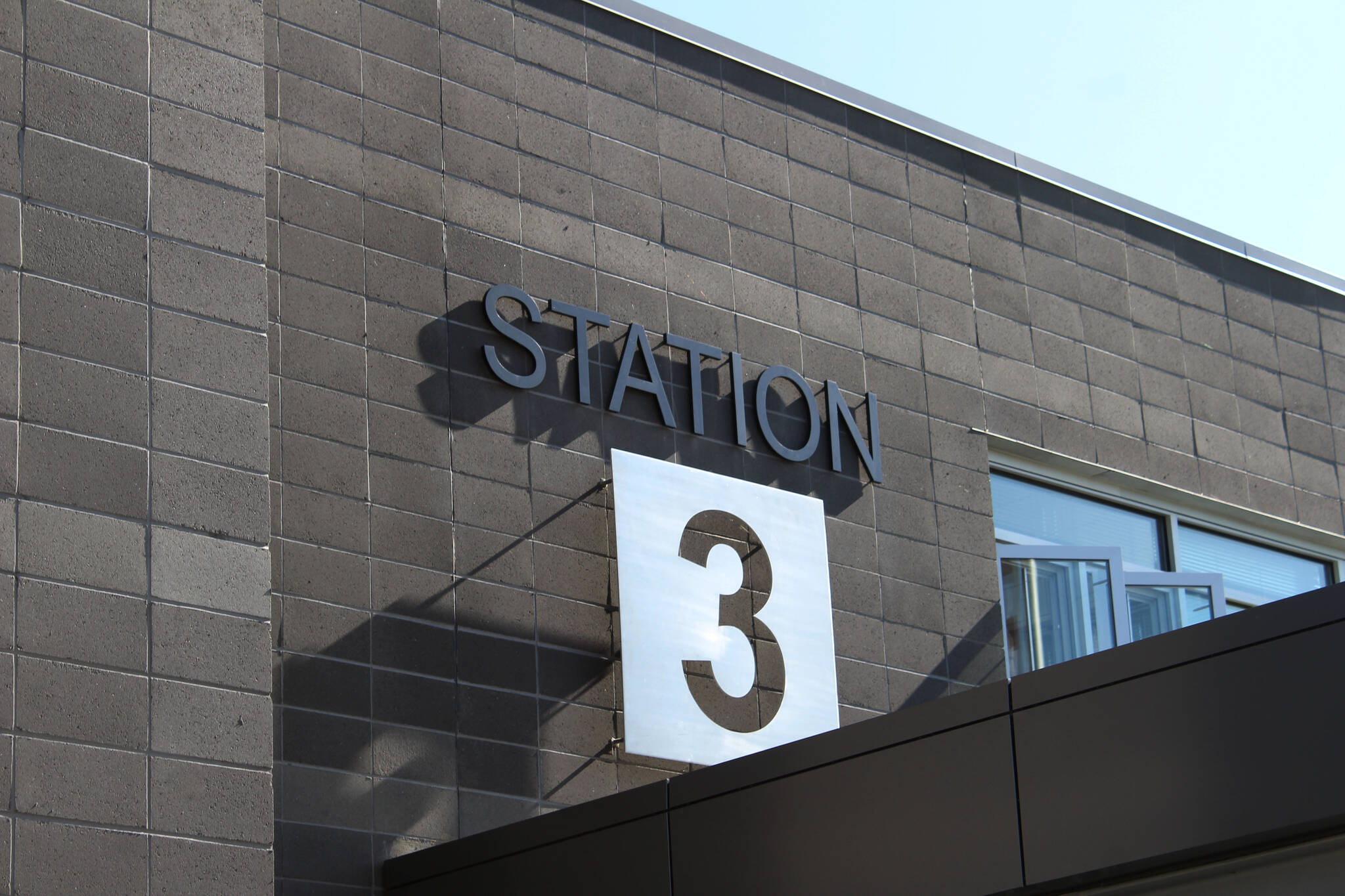Nikiski residents could soon have access to additional health care services locally under a program that will be considered by the Kenai Peninsula Borough Assembly during its Tuesday night meeting.
The program, made possible through the federal American Rescue Plan Act, would award about $315,000 to the Nikiski Fire Service Area for the creation of a Mobile Integrated Healthcare – Community Program that would aim to reduce patient surge at Central Peninsula Hospital during the COVID-19 pandemic.
The funds would come from the state Office of Emergency Medical Services’ Southern Region Emergency Medical Service Council and be awarded to the Nikiski Fire Service Area, which includes Nikiski and Moose Point as well as communities across Cook Inlet such as Tyonek and Beluga.
Under the program, the Nikiski Fire Department would be able to treat patients with some conditions that can be monitored or treated at home without needing to call an ambulance. Among the services that could be offered, wrote Physician Medical Director for the Nikiski Fire Department Dr. Michael Levy in an Oct. 5 letter to Kenai Peninsula Borough Mayor Charlie Pierce, are in-home preventative care and telephone and walk-in triage to non-urgent 911 callers.
The program would also allow the Nikiski Fire Department to provide in-home care for the administration of oxygen and provision of monoclonal antibodies and other therapies approved by the FDA, under the direction of Levy. In addition to addressing an increase in COVID-19 hospitalizations, Levy wrote, the program would also better equip the Nikiski Fire Department to respond in other emergencies.
Kenai Peninsula Borough Emergency Manager Brenda Ahlberg said during an Oct. 26 meeting of the Kenai Peninsula Borough Assembly Finance Committee that similar programs are offered throughout the United States and that the State of Alaska has expressed interest in offering such services through the state’s fire service areas. The programs made possible through the state would serve as pilot programs.
Ahlberg said that, if approved, Nikiski Fire Service Area’s services would be based at Fire Station No. 3, which opened earlier this year. Services offered would focus on service that could be provided at someone’s home or at a clinic as opposed to at Central Peninsula Hospital.
“Not only is it a sense of efficiency, but also a sense of supporting the community’s health response needs as well as hopefully not having to take someone all the way to the hospital when it may not necessarily call for that,” Ahlberg said.
Among the data points NFD would look at to see whether or not the program is successful are the number of times NFD transports a patient to CPH’s emergency department while the program is in place, the number of COVID-19 vaccinations administered and patient feedback solicited through surveys.
Nikiski Fire Department Senior EMS Captain Harrison Deveer wrote in a Sept. 30 letter to Pierce supporting the program that about 30% of NFD’s EMS responses and transports are classified as Basic Life Support, meaning the patient can be treated in place, transported or referred to destinations other than CPH’s emergency department.
The Nikiski Fire Department, Deveer wrote, transports about 450 patients to CPH’s emergency room each year, about 135 of which are classified as Basic Life Support. With an average cost of about $720 per transport, $2,070 per ER visit and $150 per clinic visit, Deveer estimates about $355,000 could be saved annually if those 135 patients transported to and treated at the emergency room had received treatment locally.
“Nikiski Fire Department with support from Dr. Michael Levy, Medical Director(,) would like to work with the State of Alaska Office of EMS on an interim basis to provide a MIH-CP Program that will help reduce non-emergent visits to the emergency department and in-patient time of hospitalization,” Deveer wrote.
The program, if approved, would last for about 26 weeks, according to a memo from Ahlberg and NFSA Acting Fire Chief Trent Burnett to the assembly. Ahlberg said during the Oct. 26 finance committee that it may be possible to extend the program further.
Deveer said the short-term goals of the program would be to reduce strain on CPH caused by the COVID-19 pandemic, but that the program would “only be a start of an amazing service” NFD could offer to the service area. Among those long-term goals, Deveer said, are improved availability of EMS resources to the service area and collaboration between NFD and health care and community partners to improve “general public health.”
On Wednesday, CPH was operating at 127% and treating 19 patients who were COVID-positive. Of those, one was fully vaccinated, six were in the hospital’s intensive care unit and two were on ventilators. The 49-bed hospital broke its inpatient census record twice last week: first on Oct. 25, when the hospital was operating at 127%, then again on Oct. 28, when the hospital was operating at 140% capacity.
Other long-term goals, Deveer said, are to improve the health and wellness of service area residents, reduce hospital readmissions and build more trust with the community.
“By aiming to solve everyone’ s problems, I believe that having an effective MIH-CP will help people have more confidence in EMS and (the) network of healthcare providers,” Deveer wrote. “ … Relations between all network healthcare providers would be improved, especially given the logistical and financial benefits for everyone involved. When people know that their community healthcare providers can provide them with the support that they need, the community inherently will learn to trust them more.”
The Nikiski Fire Service Area Board recommended approving funds for the program during its Oct. 13 meeting. The ordinance will up for a public hearing during the assembly’s Nov. 9 meeting.
Reach reporter Ashlyn O’Hara at ashlyn.ohara@peninsulaclarion.com.

